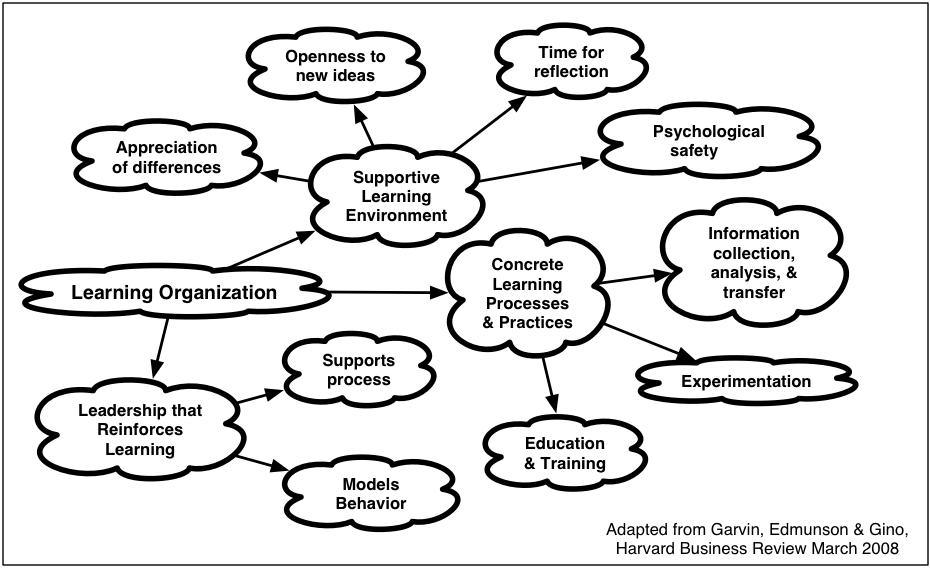I recently came across a document (PDF) about disruptive innovation based upon Clayton Christensen’s models, which I’d heard about but hadn’t really penetrated. This one was presented around higher education innovation (a topic I’ve some familiarity with ;), so it provided a good basis for me to explore the story. It had some interesting features that are worth portraying, and then some implications for my thoughts on innovation, so I thought I’d share.
The model’s premise is that disruption requires two major things: a technology enabler and a business model innovation. That is, there has to be a way to deliver this new advance, and it has to be coupled with a way to capitalize on the benefits. It can’t just be a new technology in an existing business model, as that’s merely the traditional competitive innovation. Similarly, a new business model around existing technology is still within competitive advancement.
A related requirement is to have a new entity ready to capitalize. This quote captured me: “In those few instances in which the leader in one generation became the leader in the next disruptive one, the company did so by setting up a completely autonomous business unit…” You can’t do disruption from inside the game. Even if you’re a player, you have to liberate resources to start anew.
Which is quite different than most innovation. Typical innovation is ‘within the box’. This comes from having an environment where people can experiment, share, be exposed to new ideas, and allowing it to incubate (ferment/percolate) over time. And this is a good thing. Disruptive innovation makes new industries, new companies, etc. And that’s also good (except, perhaps, for the disrupted). The point being that both innovations are valuable, but different.
It’s not clear to me what happens when an internal innovation comes up with an idea that’s really disruptive. Clearly, if the idea clears the hurdles of complacency and inertia, you’d probably want to spin it off. But most innovations just need a fair airing and trialing to get traction (though depending on scope, a bit of change management might be useful).
I encourage innovation, and creating the environment where it can happen. It’s valuable even in established businesses, and a fair bit is known about how to create an environment where it can flourish. So, what can we innovate about innovation?
